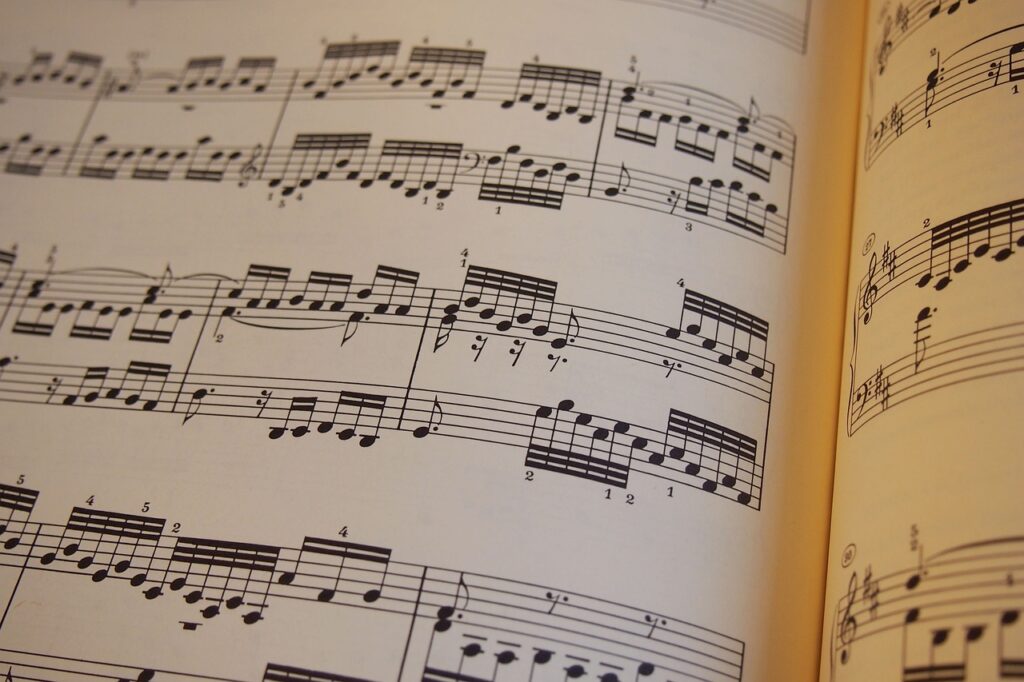
How to Play with Correct Embouchure - Clarinet
This post is a follow-up to our previous entry, “Reed, Mouthpiece, and Barrel – Clarinet”, where students attempt their first sounds, please use the link if you are interested in reading!
In this guide, we will address how to teach students the correct embouchure for clarinet playing. Previously, we discussed letting them experiment with making any and all sounds on the mouthpiece, but now we will walk through the specifics.
At the end of this lesson, students will be able to:
- Use and define the word embouchure.
- Students will form the appropriate embouchure when making their first sounds on the instrument.
Making sure that students are forming the correct embouchure is incredibly important as it is the foundation of everything we do on the instrument. Some time should be taken every day to work on forming the embouchure and strengthening it. We recommend long tones and “repeat after me” rhythm games for this. More exercises can be developed for variety once students learn how to put the instrument together. During this time, you should check each student individually, if possible, and address any issues that arise. This will hopefully stop students from forming bad habits and having to break them further down the line.
Students should begin by preparing their mouthpiece and barrel and wait for further instructions. For this lesson, we also recommend demonstrating it to students first. Start by having the students cover their bottom teeth with their bottom lip. If it helps, you could have students pretend to apply chapstick or lipstick to their bottom lip. You should not be able to see their bottom teeth at all if done properly.
Then, have students take their mouthpiece and place it on their bottom lip. It is important to inform students that the reed always touches the bottom lip, it should not be flipped upside down. For reference, the bottom lip should be around halfway between the tip of the mouthpiece and the ligature. This is an approximation and it will be a little different for each mouthpiece, reed, and student. It might be helpful to demonstrate what is too much, too little, and just right.
Next, direct students to use their upper teeth to hold the mouthpiece just a little bit past the tip. They should not bite down. When the correct embouchure is formed it can resemble the mouth of a rabbit.
Finally, students should close their lips around the mouthpiece, keeping the chin firm and the bottom lip stretched over the teeth. As we begin to teach more things to the students it is common for them to forget how to form the embouchure properly. Be sure to take time frequently to revisit!
One common issue students experience is that they “push out” their bottom lips, especially when fatigued, and do not cover their bottom lips properly. Another issue is that they begin to bite down to compensate for not being able to produce a note or to compensate for poor posture.
Teachers: Download our First Steps lesson plan for your classroom teaching today!
This guide uses resources from our clarinet course. You can use the following link to visit our slideshow on how to put the reed, barrel, and mouthpiece together.
